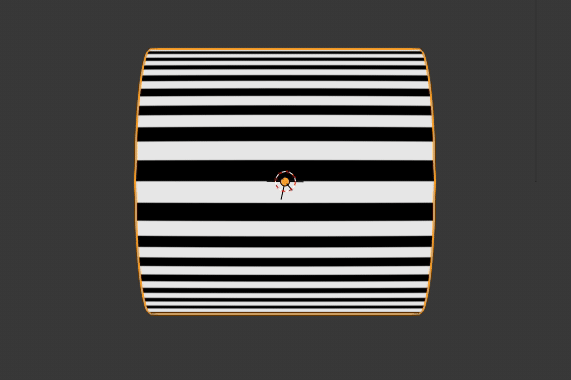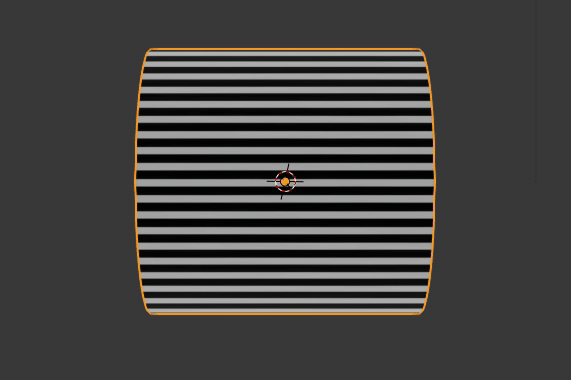Hi Pablo,
The link to a more precise / correct one is here: Call for Content: MatCaps - #143 by RainerTrummer
The OpenEXR files are linked at the bottom of that post as well.
To demonstrate the issue, see the comparison below. First, the one shipped with Blender. I have created a simple cylinder, oriented along the Y axis, shading is set to smooth, and the Edge Split modifier is on the mesh, followed by a SubSurf. That means, the cylinder side wall surface is accurate. When shading it using the shipped MatCap, and rotating the view to the side, you can see the Zebra lines first of all fail to be parallel (they all of a sudden pinch towards a vanishing point). Secondly, they also change their width, which must not happen. When doing more precise design modelling, you spend a lot of attention to these width changes. The width tells the modeller a lot about the curvature on a surface, so having it change just because you look at it sideways is misleading:

My go on a Zebra MatCap handles this quite ok:

There might still be rome for improvement. Maybe I can find a way around the noticeable width change on the top of the cylinder, maybe this cannot be fixed because of how MatCaps work. Needs further investigation. Keypoint is, these two MatCaps (Both the horizontal as well as the vertical one are needed!!!) were rendered in Cycles, so it’s easy to improve / fix them in case more adaptions are needed. I can share the Blender 2.79 scene with you if you like.
Another thing I deliberately chose was to not go towards full white stripes. It’s a bit hard on the eye if you do, and not really mandatory for interpreting what goes on in your model.
I do appreciate the effort the OP has put into his version of Zebra shading. But it is important to note that there is a convention on how to read the shading, which has to be followed, otherwise the MatCap is useless.